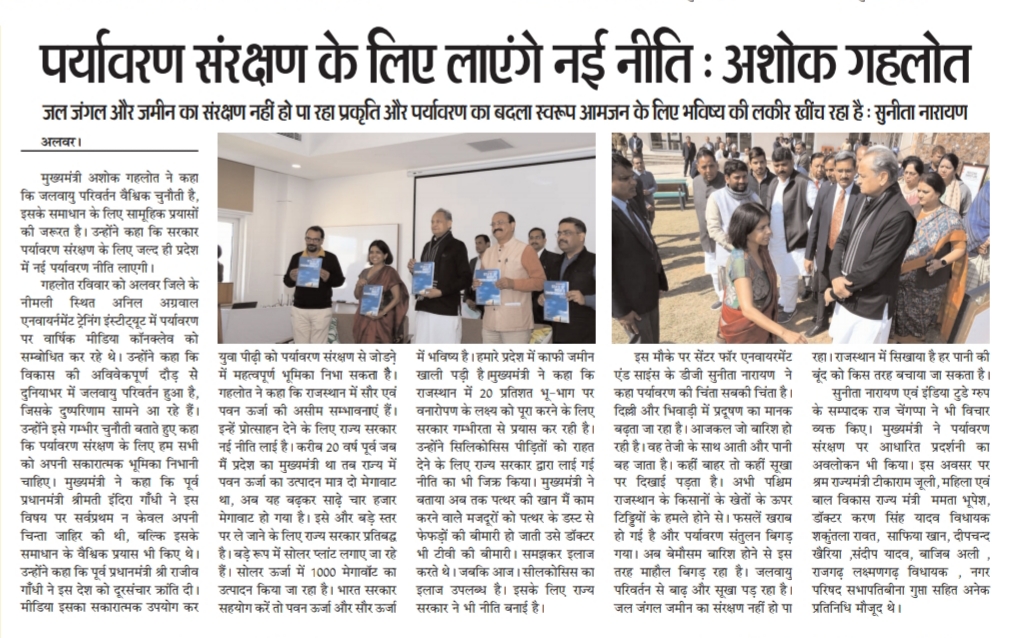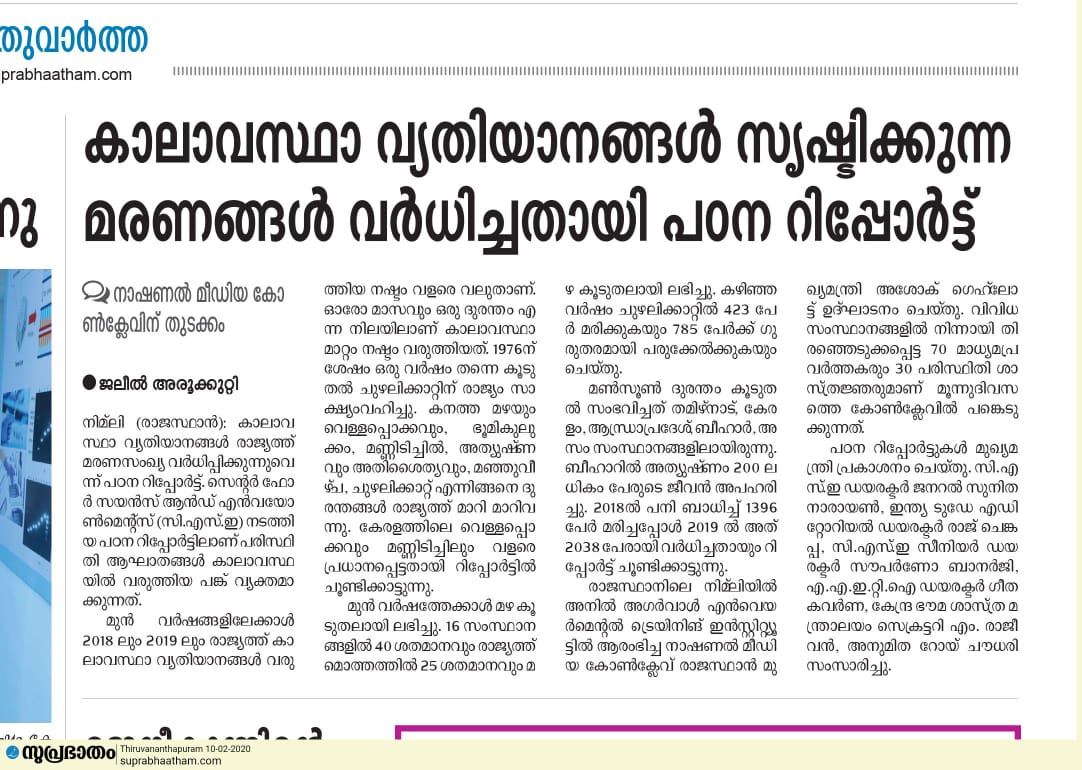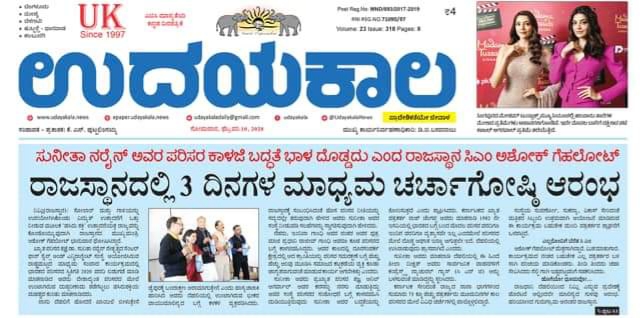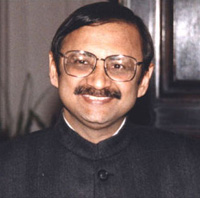Malnutrition-free India by 2022? Unlikely, because the government’s POSHAN Abhiyaan’s implementation poor and targets unambitious -- says CSE and Down To Earth’s State of India’s Environment 2020 report
Malnutrition continues to be the leading killer of under-five children in India– in 2017, malnutrition accounted for over 68 per cent of those deaths
Nimli (Alwar), February 10, 2020: India stares at a steeply uphill task in meetingUN’s Sustainable Development Goals (SDG) on child malnutrition, reports the latest State of India’s Environment Annual, released here yesterday by Rajasthan chief minister Ashok Gehlot. This, despite the fact that India’s economy has doubled since 1991 and theworld’s largest programme to tackle child malnutrition, the Integrated Child Development Services (ICDS), has been in force in the country since 1975.
In 2017, some 1.04 million under-five children died in the country. Over 68.2 per cent of the deaths were due to malnutrition. In the same year, the Global Hunger Index, that assesses progresses and setbacks in combating hunger, ranked India 102nd out of 117 countries. In the last two decades, the country’s score has improved by just 21.9 per cent, while that of Brazil has improved by 55.8 per cent, Nepal by 43.5 per cent and Pakistan by 25.6 per cent.
Responding to this daunting challenge, the Union government launched the Prime Minister’s Overarching Scheme of Holistic Nutrition or POSHAN Abhiyaan in 2018. The government allocated the scheme Rs 2,849.54 crore for three years, beginning 2017-8, and introduced a new target: malnutrition-free India by 2022.
But implementation of infant young child feeding (IYCF) practices promoted by the scheme is poor and not reflected on the ground. When compared to the severity of the problem, the year-by-year targets of the scheme are also unambitious. Estimates suggest that, at the current rate, it will take between 23 years (in Punjab) and 100 years (in Jharkhand) to meet the SDG targets on stunting. Similarly, it will take 28 years (in Madhya Pradesh) and 88 years (again in Jharkhand) to meet the SDG targets on wasting.
Steps like conversion of anganwadi centres into crèches; universal and wage compensatory maternity entitlements; adoption of food and nutrition security as a fundamental right; and commitment for community-based management of malnutrition might help in turning the tide.
Says Richard Mahapatra, managing editor of Down To Earth and one of the lead editors of the State of India’s Environment Annual: “In India, we have seen that merely having a scheme in place does not necessarily entail that our children will not go hungry. It is time we set more ambitious targets, the progress made on which is even more assessable.”
CSE’s 2020 Annual Media Conclave and Anil Agarwal Dialogue on the State of India’s Environment (February 9-11, 2020) has brought together some key experts on the subject. To see their presentations, visit www.cseindia.org.
The Down To Earth State of India’s Environment Annual 2020 is available here on sale: https://csestore.cse.org.in/books/state-of-india-s-environment/soe-2019-in-figures-and-soe-2020-combo-offer.html
To reach our experts and access other CSE resources, please contact Sukanya Nair, the CSE Media Resource Centre, at sukanya.nair@cseindia.org, 8816818864.









 Anil Agarwal (1947-2002), the founder-director of Centre for Science and Environment
Anil Agarwal (1947-2002), the founder-director of Centre for Science and Environment

Share this article